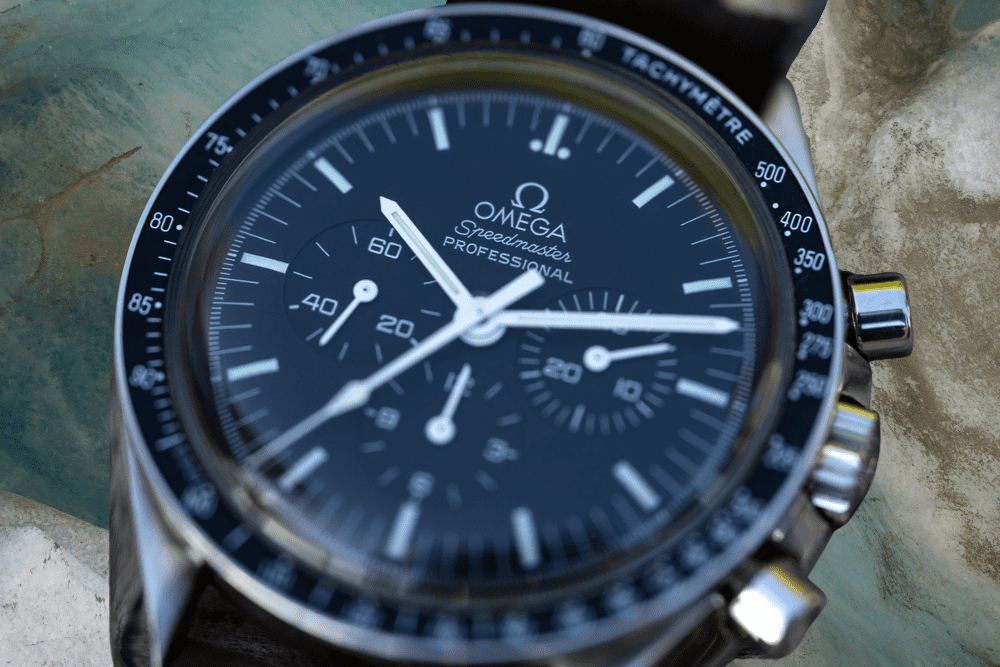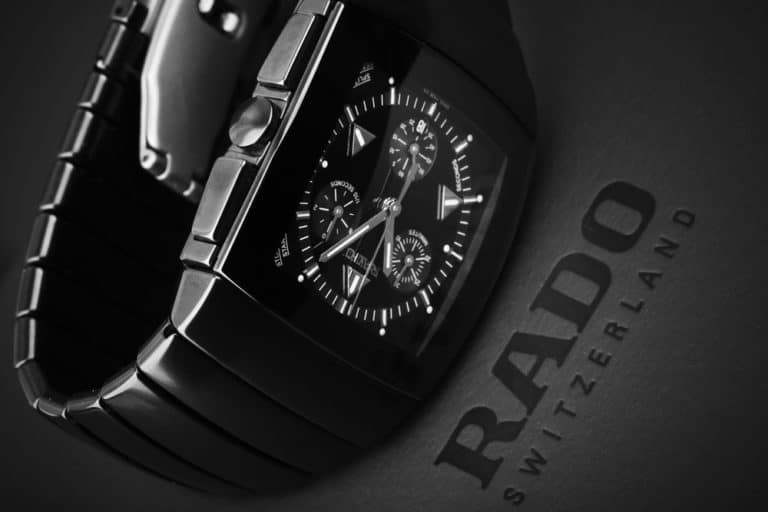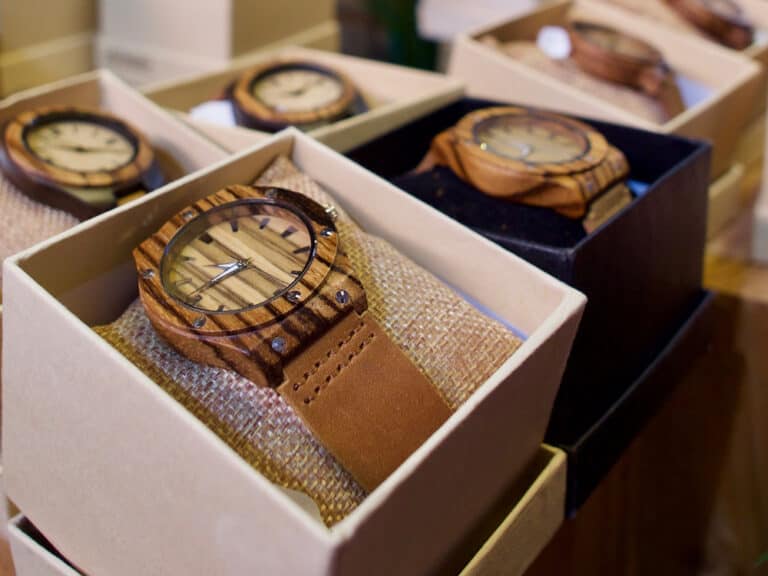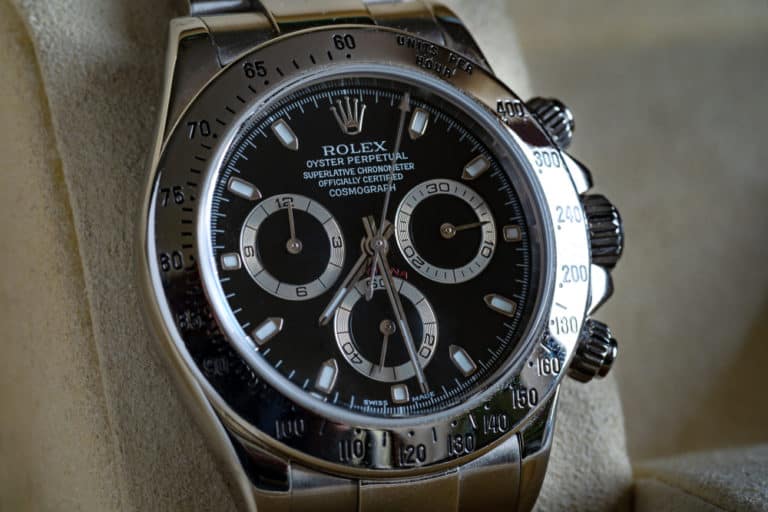The Tag Heuer goes with sportscars, as the Omega Speedmaster goes with space travel. The former’s history begins with inspiration from the Carrera Panamericana car race. The latter is the first watch to go into outer space.
Tag Heuer Carrera chronographs are designed for professional drivers and sport-car enthusiasts. This brand of watch arrived on the watch scene in 1963. The Omega Speedmaster was first launched in 1957, and the watch qualified for all manned space missions.
The main difference between Tag Heuer Carrera and Omega Speedmaster is in the design; Tag Heuer Carrera is much more stylish with its bezeling and sportiness. The Omega Speedmaster has a rich history and a timeless elegance, and its design has not changed in over 60 years.
Heuer Carrera And Motorsports
Jack Heuer, the great-grandson of Edouard Heuer, the founder of Heuer, took over the company in 1962. The Carrera Panamericana, the iconic and dangerous car race on Mexican public roads in the 1950s, inspired him to create a watch capable of coping with the pressure of high-speed motorsports. Huer’s design was fashioned for gentlemen drivers, functional and unpretentious.
The first version of the Carrera remained the same until 1970; it had different colors and characteristic protruding lugs. There were also a variety of dial formats and a range of cases. From 1970, the design included the Calibre 11, the first automatic Swiss chronograph movement.
With the introduction of quartz technology, various watchmakers suffered, and many were forced to close or adapt. In 1984, production of the Carrera ceased. In 1985, Heuer sold the company to Techniques d’Avant Garde (now known as TAG). The Carrera was relaunched in 1996, inspired by the first watches, and is still popular today.
The Carrera still has a close relationship with motorsports; it strongly associates with Red Bull Racing. In 2021, the Carrera and the Porsche 911 joined forces with the TAG Heuer Carrera Porsche 911 chronograph. The Porsche 911 was born in the same year as the Carrera watch.
The Omega Speedmaster And Space
In the mid-1960s, three wristwatches from prominent watch manufacturers made their way to NASA to be tested in heat, shock, vibration, and vacuum. The Omega Speedmaster came out tops when it was chosen as the watch to go on space missions.
The first Speedmaster to enter space occurred on the Gemini 3 mission; Virgil Grissom (‘Gus’) and John Young wore the Omega Speedmaster on their mission. Buzz Aldrin stepped onto the moon with an Omega Speedmaster Moonwatch; Neil Armstrong left his watch in the lunar module.
The Apollo 13 mission, although unsuccessful with its moon landing, also sported the Omega Speedmaster. The explosion that occurred required power to be conserved; the Speedmaster was used to get the lunar craft back to Earth by timing the engine burns.
In all five subsequent lunar landings, the crew wore the Omega Speedmaster watch and returned safely to Earth with the watches in tow.
Comparing Prices Of Tag Heuer Carrera And Omega Speedmaster
You can expect to pay around 1 100 USD for a Tag Heuer Carrera Calibre 16 and 71 000 USD for a model with a Tourbillon caliber Heuver 02T and sporting a diamond-studded bezel.
The cheapest Omega Speedmasters come in stainless steel cases and expect to pay over 3000USD. The cheapest Omega Speedmaster Professional Moonwatch can be purchased for 3 256 USD.
Both brands also sport far pricier limited edition and vintage models. The most expensive Carrera is the Plasma Tourbillon Nanograph, sold for 375 000USD and boasts a dial made completely of polycrystalline, lab-grown diamonds. Its hairspring is made from carbon which is both light and strong.
The carbon hairspring is also non-magnetic, making the watch’s movement more resistant to surrounding magnetic fields. Its light carbon cage makes it very energy efficient by reducing the power needed to move the tourbillon. The watch is also waterproof to 100m.
In some instances, sheer celebrity power may increase prices even more than technical excellence, precious stone, or metal components. When Steve McQueen wore the Heuer Monaco wristwatch in the 1971 movie Le Mans, it made such an impression that it was auctioned for 799 500USD in July 2012.
The Omega Speedmaster also sells very expensive limited edition and vintage models. The early 1957 CK2915-1 model was auctioned off at Christie’s for 324 500USD. One Speedmaster taken on Apollo17, the final mission to the moon, by astronaut Ron Evans Jr, was sold for 245 000USD.
The Carrera And Speedmaster Unique Selling Points
Both Swiss brands have a similar history of superb quality. Heuer was established in 1860 and Omega in 1848. Both made their name in the sporting world. Heuer was an official partner in the 1920 summer Olympics, and Omega was the official timekeeper of the 1936 summer Olympics.
Both watches also went to space. In 1962, John Glenn, the first American to orbit the Earth, wore a Heuer while the Omega Speedmaster flew on Apollo moon missions. Both brands have incorporated the Tourbillon movement in their high-end models and diversified into making chronographs with tachymeters.
The unique selling point of Omega watches, such as the Speedmaster special, is their resistance to electromagnetic fields. The modern world is bathed in electromagnetic radiation from power lines and electric appliances.
The magnetic fields generated by electromagnetic waves may interfere with a watch’s movement and reduce its timekeeping accuracy. Omega pioneered the use of non-magnetic silicon in their Si 14 balance. Their best watches can resist a magnetic field of 15 000 gauss.
Another important feature that may help increase the watch’s resale value is that Omega is second only to Rolex as the most recognizable watch brand. Its popularity helps to sustain demand and hence resale prices. Also, what may also be helping to sustain demand for Omega, is that all its watches come with a 5-year warranty, while Tag Heuer only offers 2-year warrantees.
Long before the watch-making company Heuer was acquired by TAG, it was in the business of making clocks for dashboards in racing cars and airplanes. In 1974 Heuer designed what was to be known as the Automatic Car Identification Timing System (ACIT) for Formula 1 racing cars.
Each car, fitted with a transponder, sent a signal to a receiver on the finish line enabling each car to be precisely timed and identified. The transponder allowed Heuer to become the official timekeeper for Formula 1.
Heuer’s trademark is in movement complexity innovation. In watchmaker speak, complex movements are complications added to simple movements that are limited to the hour, minute, and second hand. A watch with a simple movement is a timepiece, and one with a more complex movement is a chronograph. Heuer is best known for its chronographs.
For example, in 1958, Heuer introduced a wristwatch model with a tachymeter on a rotating bezel. The tachymeter allowed pilots and racing car drivers to make more complex distance-time-speed calculations.
Interestingly, Omega has refused to branch out into the smartwatch market, while Tag Heuer has accepted the challenge.

Conclusion
Both brands are long-established, are of superb quality, and enjoy a legendary history. Both brands make watches of various sizes, movement complexity, and in a vast price range. The cheapest Carrera is around 100USD, while the cheapest Speedmaster is around 3000 USD.
If you want to buy a smartwatch, it can never be an Omega, but if you want a luxury watch with a timeless classical aesthetic and a robust movement, then Omega is your brand.
References
- https://timeandtidewatches.com/in-depth-the-code41-anomaly-t4-further-refines-the-collection-and-distinguishes-the-brand/
- https://www.lofficiel.at/en/jewellery-and-watches/a-history-lesson-on-omega-speedmaster-moon-watch-1957-to-2021
- https://moneyinc.com/tag-heuer-vs-omega/
- https://www.prestigetime.com/blog/tag-heuer-vs-omega.html







